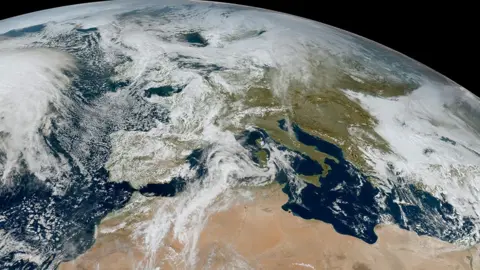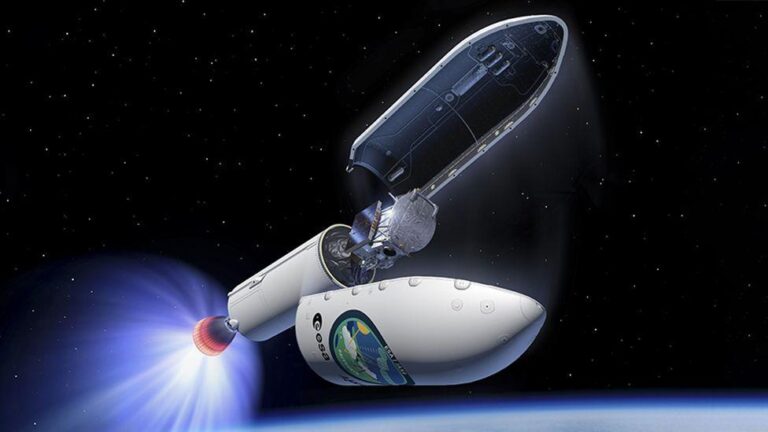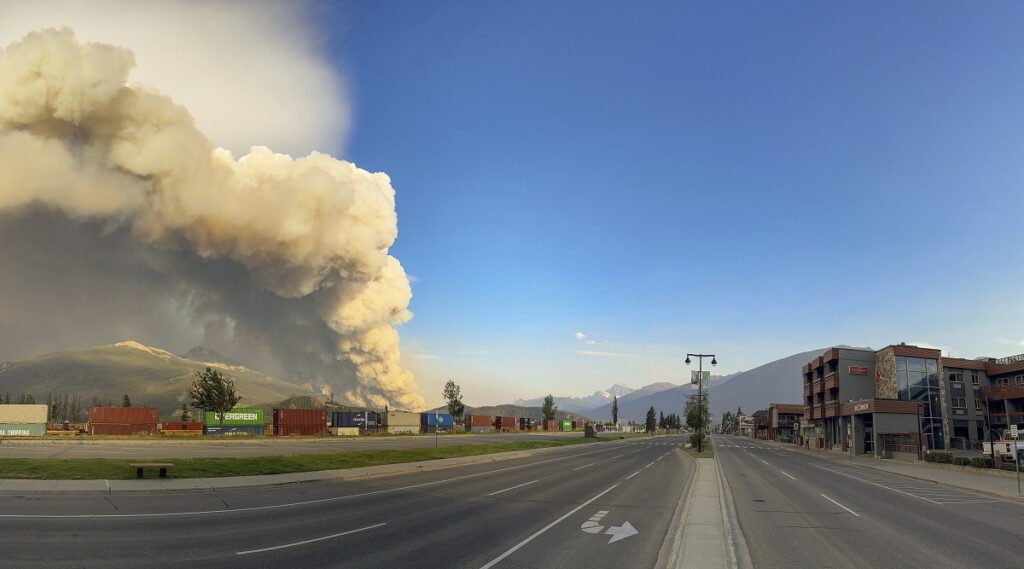A sophisticated joint European-Japanese satellite has been launched to measure how clouds influence the climate. Low-level clouds are known to cool the planet, while high-altitude clouds act as a blanket, trapping heat. The Earthcare mission will utilize a laser and radar to probe the atmosphere, aiming to determine precisely where the balance lies. This research addresses one of the significant uncertainties in computer models forecasting the climate’s response to rising greenhouse gas levels.
“Many of our models suggest that future cloud cover will decrease, meaning clouds will reflect less sunlight back to space. More sunlight will be absorbed at the surface, amplifying the warming effects of carbon dioxide,” Dr. Robin Hogan from the European Centre for Medium-Range Weather Forecasts explained.
The 2.3-tonne satellite was launched from California on a SpaceX rocket. The project, led by the European Space Agency (ESA), is described as the organization’s most complex Earth observation mission to date. The technical challenges in getting the instruments to work as intended have been immense, taking 20 years from mission approval to launch.

Earthcare will orbit the Earth at an altitude of about 400km (250 miles). It is equipped with four instruments working in unison to gather crucial data for climate scientists.
The simplest instrument is an imager, essentially a camera that will capture pictures of the scene below the spacecraft, providing context for the measurements made by the other three instruments.
Earthcare’s European ultraviolet laser will detect thin, high clouds and the tops of lower clouds. It will also identify small particles and droplets (aerosols) in the atmosphere that affect cloud formation and behavior.
The Japanese radar will penetrate clouds to measure the amount of water they contain and how it precipitates as rain, hail, and snow.
Finally, a radiometer will measure how much energy from the Sun is being reflected or radiated back into space.
“The balance between the total outgoing radiation and the incoming radiation from the Sun fundamentally drives our climate,” explained Dr. Helen Brindley from the UK’s National Centre for Earth Observation. “If we alter that balance, such as by increasing greenhouse gas concentrations, we decrease the amount of outgoing energy relative to what’s incoming, leading to climate warming.”
Beyond its long-term climate insights, Earthcare’s data will also enhance immediate weather forecasts. For instance, understanding how a storm evolves will be aided by the satellite’s earlier observations of the storm’s initial cloud conditions.



























